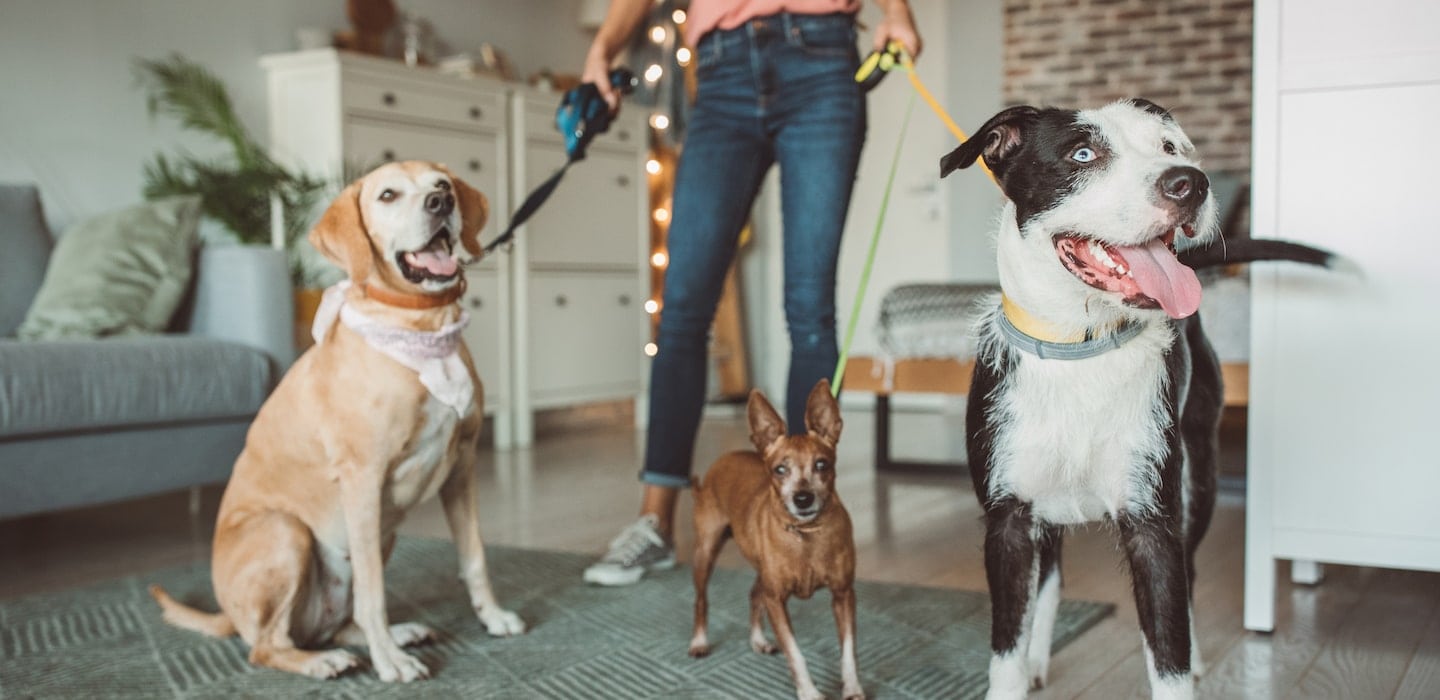With its bustling college towns, infamous theme parks, and top tourist destinations like the Rock & Roll Hall of Fame, plenty of people-packed locations in Ohio make the state a perfect place to park a food truck. However, it takes more than a killer three-way chili recipe to make it in the Buckeye State. We’re sharing the six ingredients you need for Ohio food truck success.
1. Do market research
Food trucks are restaurants on wheels, so approach your business like a professional restaurateur — that means some serious market research is on the menu. You may already know you make the best fried chicken in the Midwest, but ensure your approach will work well for the food truck format. Look to successful Ohio food trucks to see how your ideas compare. Some of Ohio’s most popular food truck concepts include:
- The Cheesy Truck serving up gourmet grilled cheeses
- Seven Little Sliders offering a rotating menu of mini slider sammies
- Tatoheads making mouth-watering loaded fries
- Tacomania delivering tasty tacos perfect for Taco Tuesday
These food trucks may serve different cuisines, but they all have something in common: comfort foods that are easy to take on the go. Plus, all of their menus look fantastic — with good reason. Food trucks in Ohio have to serve up some tasty grub because the competition can be steep.
Every city in Ohio is different, possibly affecting where you want to park your food truck. For example, Columbus has the most competition with more than 200 food trucks.1 But you’ll find about half as many in Cincinnati.2
Once you refine your recipes and develop your business plan, you can take the next steps to make it real and get your wheels.
2. Get a business license
To run a successful (and legal) food truck business in Ohio, you need to apply for a business license. While your mobile restaurant may have wheels, the state will hold you to the same food safety standards as the finest sit-down restaurant in town. Contact your city’s health department to apply for your business license and receive information on the state’s Food Safety Program, including training, guides and details on licensing.
Since food trucks sell their dishes on the street, you may also need to apply for a vendor or peddler license through the Department of Public Safety.
Receiving your food truck business license can take a few days or a few weeks, depending on how prepared you are. Ensure you are ready to provide the following items to speed up the process:
- Business and vendor license applications
- Proof of identity
- Good tax standing
- Vehicle registration
- Food vendor insurance
- Background check
- Health and fire inspections
3. Get a food permit
In addition to your business license, you will also need to secure a food permit.3 After all, a food truck without grub is just a truck. The cost of food permits throughout Ohio will vary depending on the city but budget a couple of hundred dollars to cover the expenses. For example, in Columbus, you need to supply proof of identity along with a complete application and vendor license to obtain your food permit through the Columbus Department of Public Health.
You will likely need one or more of the following, depending on your location:
- Parking permit/written permission from the property owner
- Public vending permit
- Background check
4. Set a budget
As you can see, licensing fees for an Ohio food truck business can add up, so it’s essential to set a budget to stay on track. Food truck licensing costs will vary depending on the city. For example, licenses are $200 in Columbus but can cost up to $300 in Cleveland. You also need to hold a $1 million food truck insurance policy to secure your license.
Business license fees are only a fraction of the startup costs required to start a food truck in Ohio. Start-up costs can run between $50,000 and $250,000.4 These expenses include licenses, insurance, ingredients, equipment, wages, supplies and the truck itself.
When budgeting your food truck business, keep in mind that your main expenditures will be labor and inventory. To give you an idea of how your expenses might develop, the average percentage of food truck revenue goes toward wages (27.4%), purchases (43.2%) and overhead utilities (5.7%).5
Next comes the fun part: Getting the word out.
5. Market your business
Marketing your Ohio food truck business is all about location. Unlike a brick-and-mortar restaurant, you have the power to park your business almost anywhere. Consider setting up shop near apartments, office parks, construction sites, attractions and events. You can even follow the crowd and move around throughout the day.
Unlike other businesses, the truck that houses your mobile food service can also function as a form of advertising. Wrap your truck in signage, choosing bright colors, bold logos and easy-to-read menu boards.
Social media pages and a website are other great low-cost ways to get your name out there. Use social media to advertise new specials, announce your locations and build a loyal fan base. Make a website linked to your social platforms to house more permanent items, like your menu, hours and reviews.
Joining food truck associations within the state can help you connect with fellow entrepreneurs and chefs. There are several regional associations throughout Ohio, such as Central Ohio Food Truck Association, Northeast Ohio Food Truck Association, Dayton Food Truck Association and Cincinnati Food Truck Association.
Finally, network with food bloggers and local community organizations to build word-of-mouth marketing. Or should we say mouth-watering marketing? In Ohio, two popular food truck blogs are Street Eats Columbus and Street Food Finder.
6. Get insurance
You wouldn’t serve a burger without the secret sauce, right? Similarly, you can’t get a food truck business license in Ohio food truck without insurance. Start with general liability insurance to cover your business against the financial consequences of third-party claims related to bodily injury, property damage, or personal and advertising injury. Get insured in less time than it takes for a short-order cook to ready a meal: Just download the mobile app or click “get a quote,” answer a few questions and get your policy before the fries are out of the fryer.
Sources:











